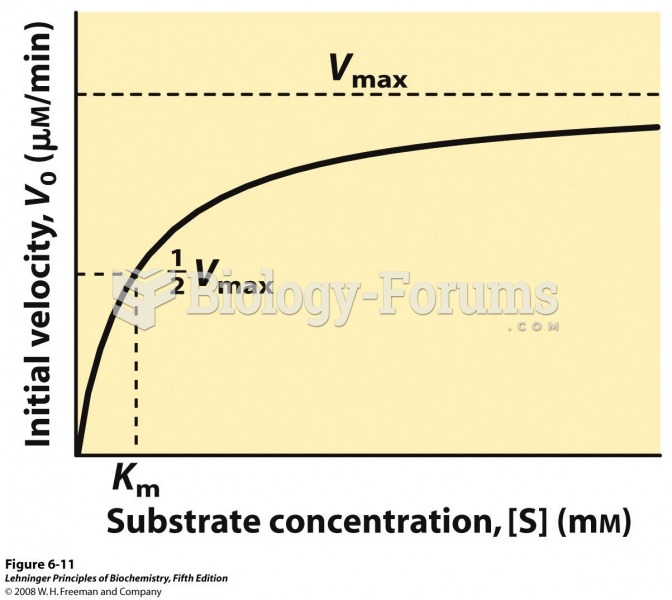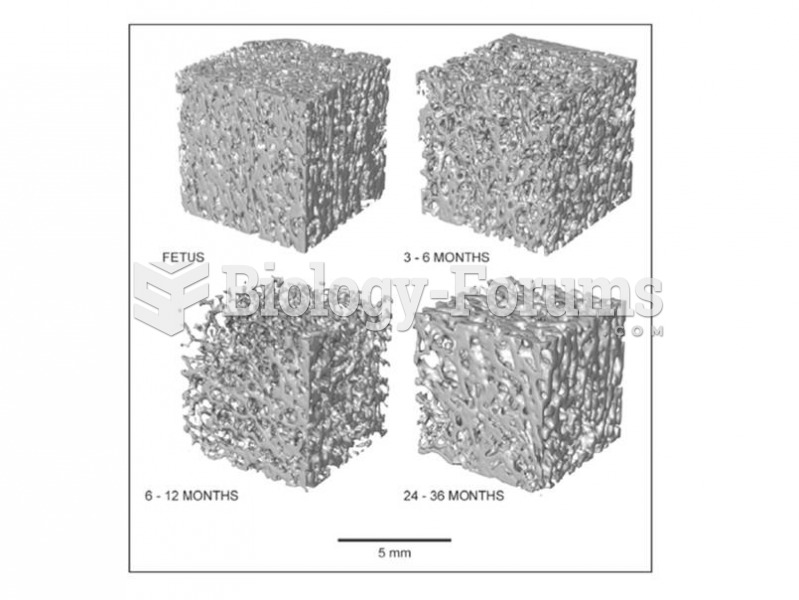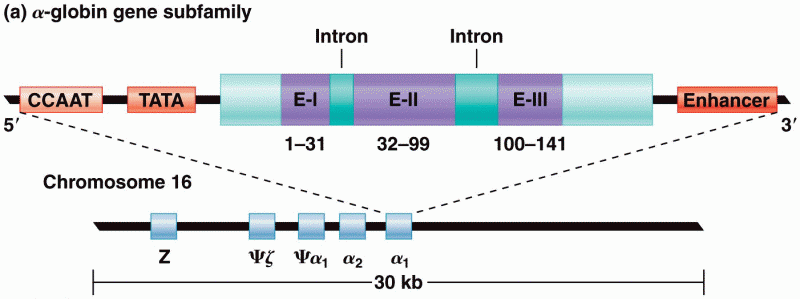This topic contains a solution. Click here to go to the answer
|
|
|
Did you know?
More than nineteen million Americans carry the factor V gene that causes blood clots, pulmonary embolism, and heart disease.
Did you know?
There are more sensory neurons in the tongue than in any other part of the body.
Did you know?
People about to have surgery must tell their health care providers about all supplements they take.
Did you know?
The average office desk has 400 times more bacteria on it than a toilet.
Did you know?
There are over 65,000 known species of protozoa. About 10,000 species are parasitic.







